
Help students prototype mobile apps with these development tools
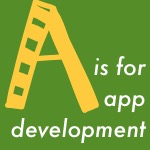 Mobile app development with students can be tricky, because in a lot of cases they’re ready to run and the tools and systems for publishing apps are still at the crawling/walking phase.
Mobile app development with students can be tricky, because in a lot of cases they’re ready to run and the tools and systems for publishing apps are still at the crawling/walking phase.
Let’s look at 3 easy steps to mobile app development: sketch it out on paper, mock it up in Flinto, then build it in Buzztouch.
1. Sketch it out on paper

Nathan Manousos, lead designer with the app-visualization tool Flinto, offers these guidelines for getting started with sketching an app:
“When you sketch, resist the urge to get caught up in details! Just try to answer these questions with your sketches:
- What screens need to exist
- What elements will go on each of those screens
- How will the screens connect together?
Allow yourself to cross things out and make things ugly. You can continually redraw your screens as you figure things out. Once things are shaping up, draw them once more, a little cleaner before moving into the digital realm!”
We will forgive him the exclamation points because, to be fair, sketching out apps is super exciting.
And the sketching is a great way to involve kinesthesis in discussions of app-building. Because the discussion and collaboration pieces are vital to guiding your students toward an authentic product:
- What does your app do that no other app does?
- What does your app do that will help other learners?
- Is it an app showcasing images of ancient Greece with you and your group doing audio narration? Is it a math puzzles app? Is it an app that showcases your digital portfolio and learning?
Get the answers to those questions down on paper.
2. Make mock-ups with Flinto
Visualize the app you want to build
Flinto, which lets you drag in images and video to begin to look at the functionality of the app you’re building. Now you’ve answered the what, look at the how.
Sign up for a free account, then choose whether you’ll be prototyping an iOS or Android app. Upload jpgs or pngs and then use drag and drop to decide where the links will go and how the app will work. You can also add videos to answer the question: how are your students planning on showcasing their learning?
Here’s a link to the how-to guide, and an awesome one-minute getting-started video.
One of the cool things about this tool is that you can then install your mockups on classroom or students’ own devices. Think how quickly you and your students could whip together mockup apps describing the semester for parent or community nights (student-led conferences ftw!) and it’s a great way to extend the classroom, by making the project available for students to reflect on and work with outside the school day, or just take home to get family input on.
3. Build it in Buzztouch
Ready to build a functional app?
Buzztouch is a free online environment that provides training in both iOS and Android app development. The development environment itself is best described as “drag n’ code”. You’re using a visual interface to drag chunks of code into place.
What’s cool for students and educators is that it incorporates ramification into the process of learning about the iOS and Android environments: when you start out, you have access to only the basic tools, and in order to unlock new tools, you watch a video tutorial and then answer a quiz based on the video. The quizzes, by the way, are very content-specific and you must get a passing score in order to progress to the next level of the tutorial.
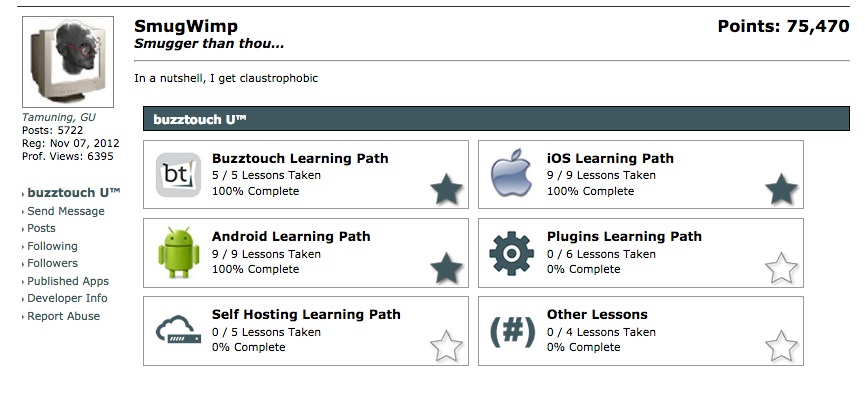
Buzztouch also provides users with the opportunity to earn additional features for their apps by participating in the forums, both by posing and answering questions. This is a fabulous chance to talk with your students about what makes a great comment, how to interact in online user forums and how this type of participation is a specific writing skill.
There are tons of how-to guides over on Buzztouch. Tons. So for students who’d like to push ahead with their own learning on the site, the support’s there, both with the rich how-to resources and with all the folks over on the forums — for which students earn new features for participating on! Everyone wins!
And for schools with security/privacy concerns, you can install a version of the Buzztouch app-creation software on your own server.
Learning much more than how to build an app…
The process of imagining, modeling, creating, and testing a mobile app helps students build their knowledge in a way that is connected to their outside-of-school life. Not only are they moving from being consumers of apps to creators of apps, they are learning in a constructivist way. They build their knowledge by building the app.
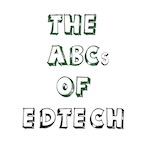 Buzztouch allows them to increase the complexity of their work and their knowledge as they learn and master certain skills. The forums allow for meaningful interaction with the building community. And since it is a real app, students get to go through the troubleshooting process so that they end up with a functional finished product. The challenges and successes that students encounter through this process are authentic.
Buzztouch allows them to increase the complexity of their work and their knowledge as they learn and master certain skills. The forums allow for meaningful interaction with the building community. And since it is a real app, students get to go through the troubleshooting process so that they end up with a functional finished product. The challenges and successes that students encounter through this process are authentic.
By engaging in the process, not only do they create a new app that didn’t previously exist, they learn and practice skills such as identifying and solving complex problems, lateral thinking, and meaningful collaboration. These are skills that students need to succeed in school and in the out-of-school world.
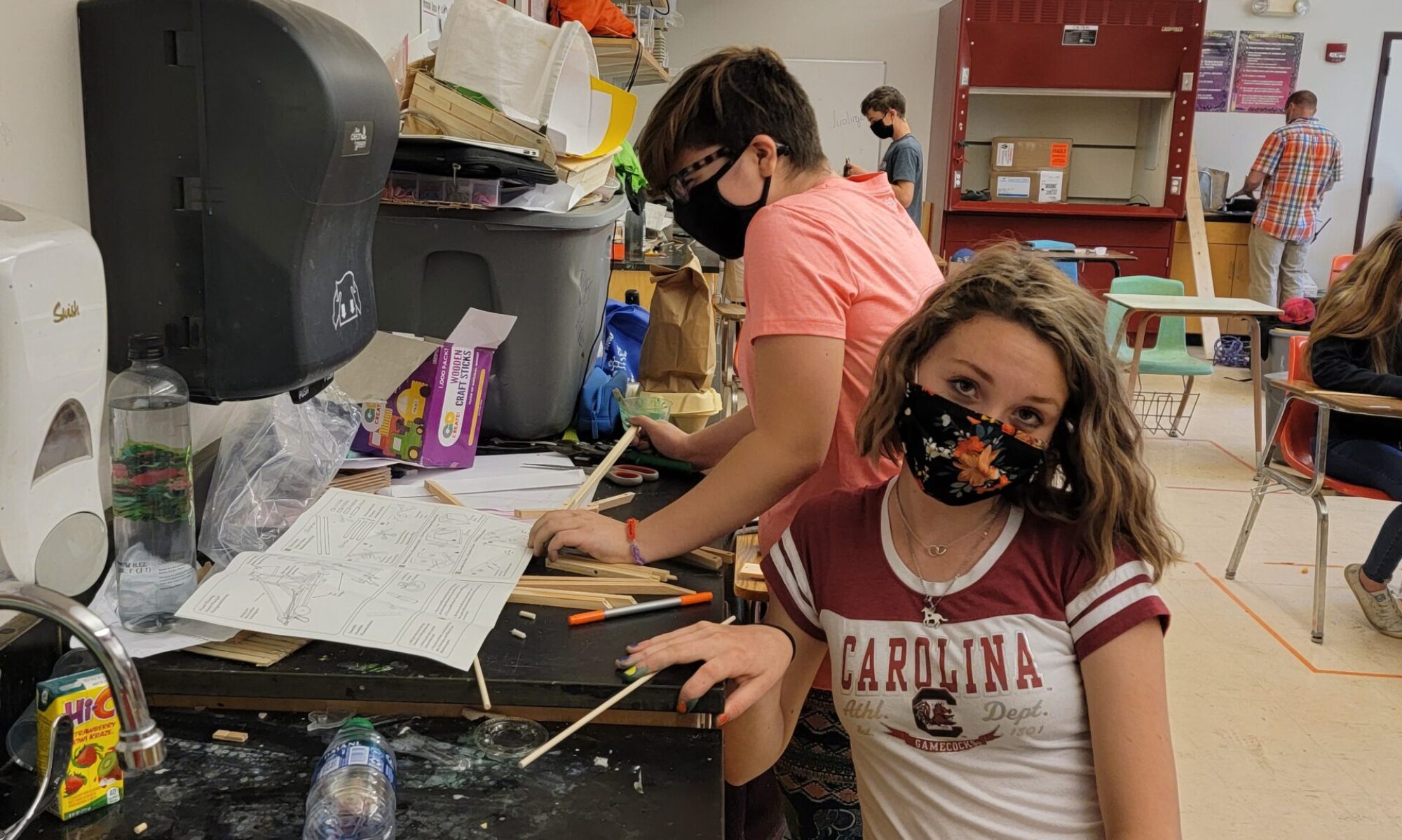

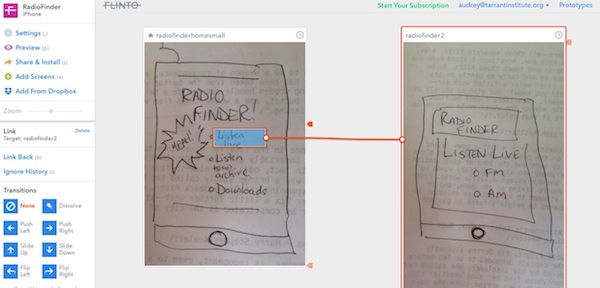
Introducing the #abcsofedtech: A is for App Development #backtoschool #already #Iknow http://t.co/iU3tI7zG1C http://t.co/F0AAAScoK1
RT @innovativeEd: Introducing the #abcsofedtech: A is for App Development #backtoschool #already #Iknow http://t.co/iU3tI7zG1C http://t.co/…
The ABCs of EdTech: A is for App Development with @flinto and @buzzTouchApp http://t.co/sWaWxfLrv6 via @innovativeEd
RT @mwolofson: The ABCs of EdTech: A is for App Development with @flinto and @buzzTouchApp http://t.co/sWaWxfLrv6 via @innovativeEd
RT @innovativeEd: Introducing the #abcsofedtech: A is for App Development #backtoschool #already #Iknow http://t.co/iU3tI7zG1C http://t.co/…
Nice post. This is a very helpful post for mobile app developers.
Middle school is a great time to start exploring career options and setting kids up for future success in technology. Some US schools are ahead of the curve on the tech revolution, integrating changes in technology and science into their curriculum.
Absolutely agree about the developmental age of middle school. Can you point to some examples of schools you feel are doing this integration well?